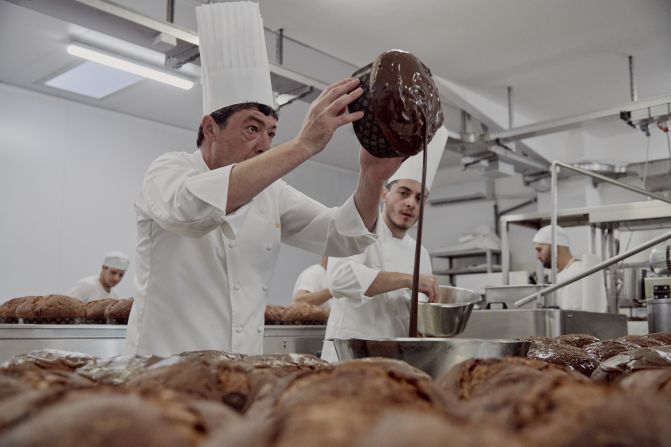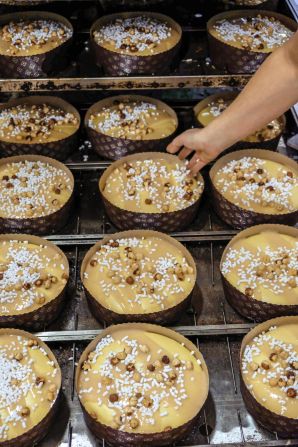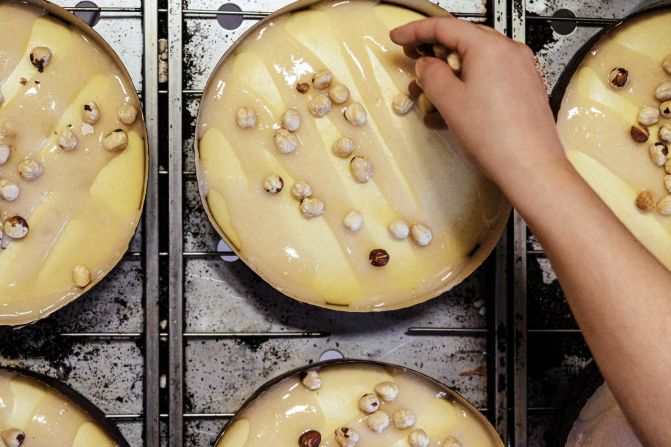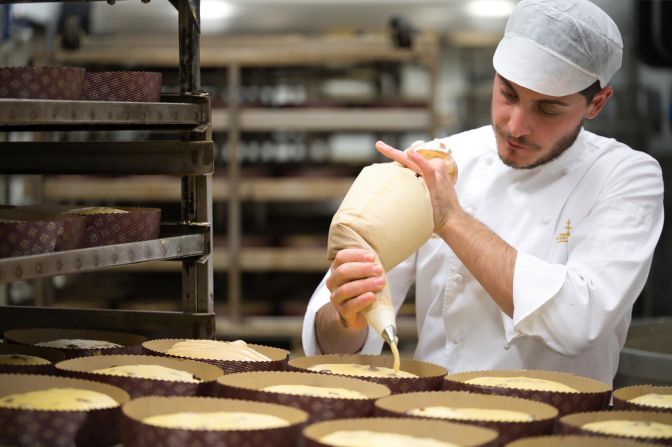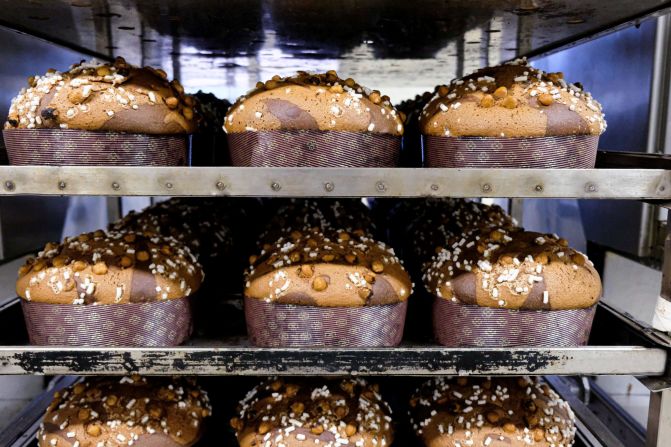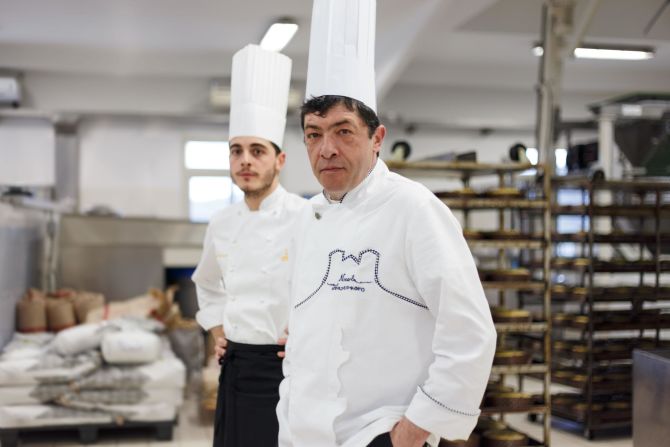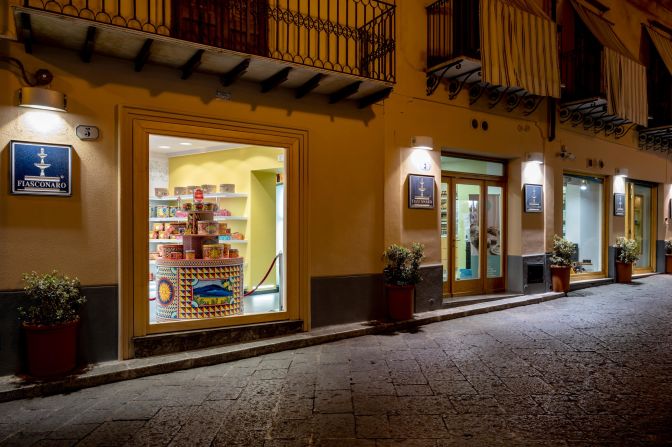When thinking of Sicily, it’s easy to imagine white sandy beaches, timeless architecture and a host of delicacies like arancini, caponata and cannoli. But panettone would not be among the first things to come to mind.
The popular Christmas cake is traditionally baked in the north of Italy, particularly in the city of Milan, where it was invented. That’s almost 1,000 miles — the length of the whole country — from Palermo, Sicily’s main city. But not far from Palermo, Nicola Fiasconaro is upending panettone tradition — and exporting his upstart creation all over the world.
It all started in Castelbuono, a tiny village framed between the Mediterranean Sea and the Madonie, one of Sicily’s highest mountain ranges. Here, the Fiasconaro family has long owned an ice cream shop and bar in the town’s main square, and in the late 1980s, Nicola was a young pastry chef with a penchant for innovation: “My father used to buy 2,000 industrially made panettones from the north, to sell in our bar during the holidays, but I challenged him to make our own,” he says.
In a land where tradition is paramount, it was a bold idea: “Nobody was making panettone in Sicily. People thought I was crazy. They asked me ‘Nicola, why don’t you make cassata, cannoli, pignolate?’ which are the traditional recipes that have always distinguished Sicily. But I thought that panettone should not only come from Milan, Piedmont or Veneto, where that kind of baking school was born.”
Thus the very first Fiasconaro panettone came to be. It was called “Mannetto,” because it contained manna — a sweet resin extracted from ash trees, which acts as a natural sweetener: “Northern culture, but Southern ingredients,” explains Fiasconaro. “The second year I started putting local hazelnuts in it. In the beginning, when I brought my panettone to Milan or Verona, it was hard to talk about my local ingredients, but after just a short time, one or two years, they started to like it.”
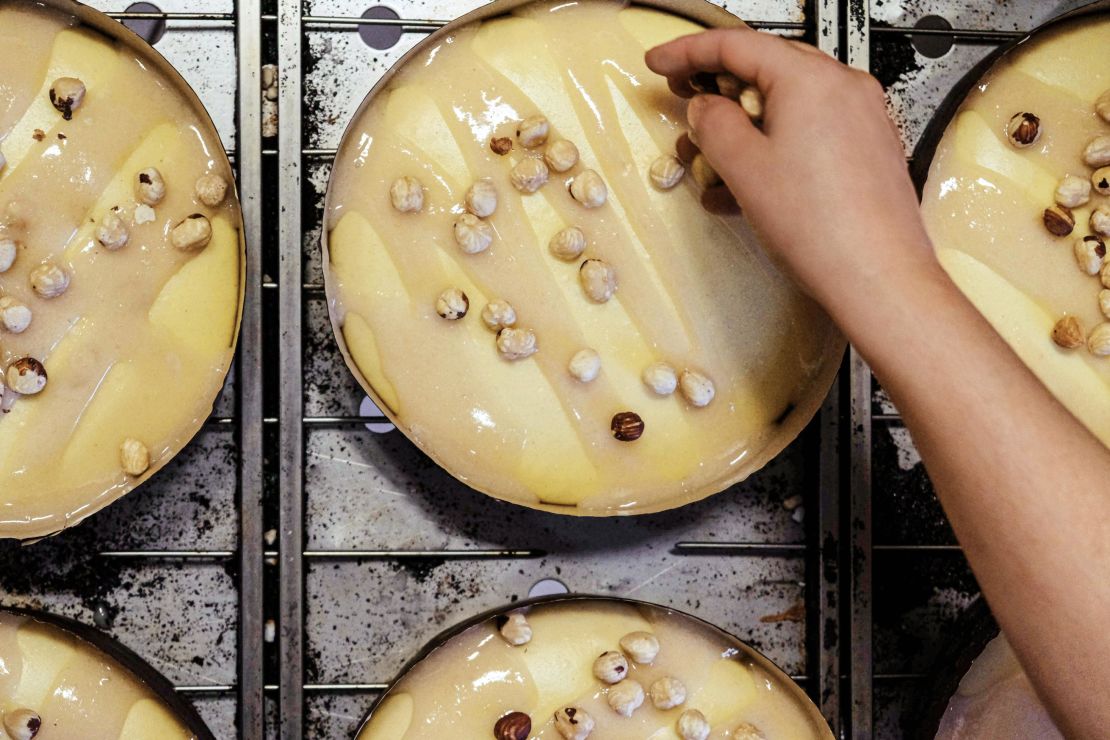
A global export
The big break came in 1995, when Fiasconaro attended a trade food event in New York, the Fancy Food Show: “We were not even well known in Sicily yet, and I was a guest at another company’s booth,” he says. “I brought two or three panettones and a small catalog. One buyer stopped by and tried it — and then immediately ordered a container full of it — 7,000 panettones worth.”
The container arrived a few weeks later and Fiasconaro’s panettone started being sold in about 30 shops around New Jersey and New York. From that initial shipment, the company has since exported to 65 countries, with the United States, Canada, Australia and European nations leading sales: “Panettone sells better where Italian culture has found a home abroad,” Fiasconaro explains, “but we are now expanding to countries like India and new areas like the Middle East.”
Over the years, Fiasconaro’s artisanal cake has further embraced its Sicilian roots with the addition of local pistachios, oranges and almonds, as well as traditional sweet wines zibibbo and marsala. Today, about 30% of Fiasconaro’s panettones are sold abroad, from a production that peaks at around 18,000 kilograms (about 40,000 lbs) a day in high season, and will reach 1.7 million kilograms (3.7 million lbs) this year, the equivalent of about 2 million panettones.
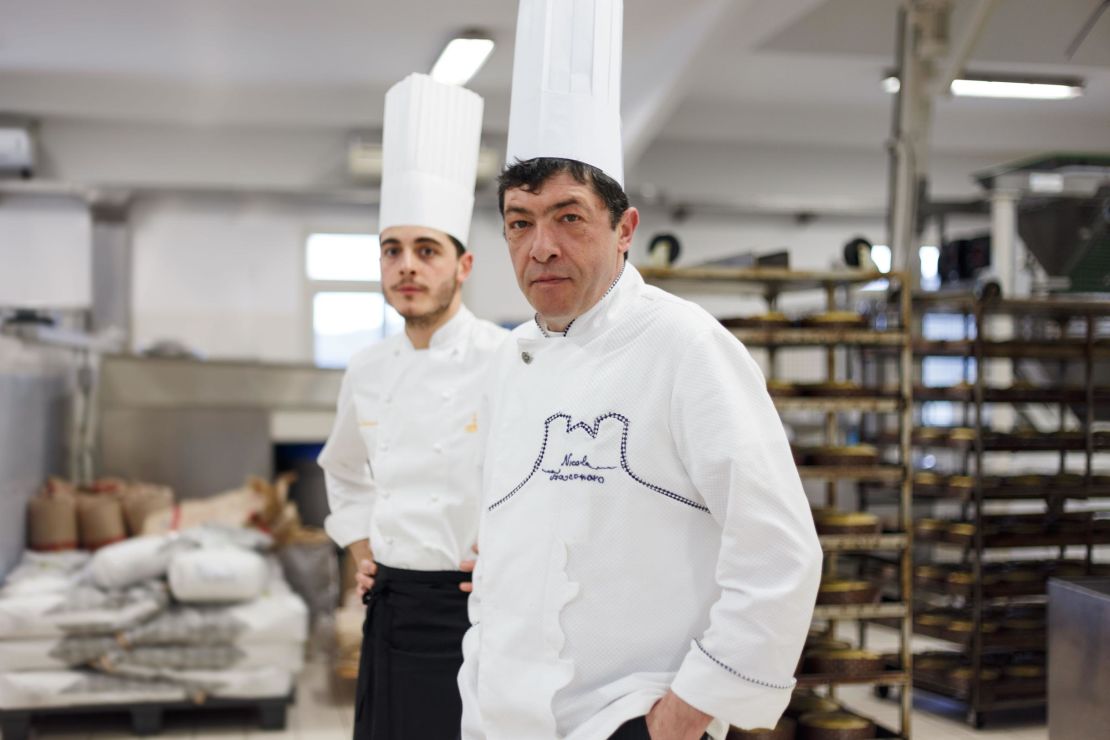
Fiasconaro acknowledges that these numbers suggest an industrially made product, but he’s adamant that everything is still firmly in the artisanal realm: “It’s all made by hand, by 220 pastry chefs, all the way down to packaging — it’s like jewelry, but in pastry,” he says.
That means it takes longer to make; an industrial panettone, according to Fiasconaro, can be produced as little as 12 hours, whereas his can take up to three days. It mostly has to do with the absence of yeast, and the reliance on sourdough instead, which requires a long fermentation: “This is the same method used by great pastry chefs in the past — I didn’t really invent anything,” he says.
Fit for a Pope
Today, Fiasconaro has panettone for all tastes, including some off-kilter recipes with cherry jam and pink chocolate. It has also partnered with Dolce & Gabbana, the renowned fashion designers who also hail from Sicily, for a special line of panettones in collectible tin boxes.
The company says it has sent the sweet bread to three different Popes, a handful of heads of state and even astronauts: a selection of panettone-based Fiasconaro confectionery was aboard an October 2007 Space Shuttle Discovery mission, and Italian astronaut Paolo Nespoli enjoyed them while in orbit.
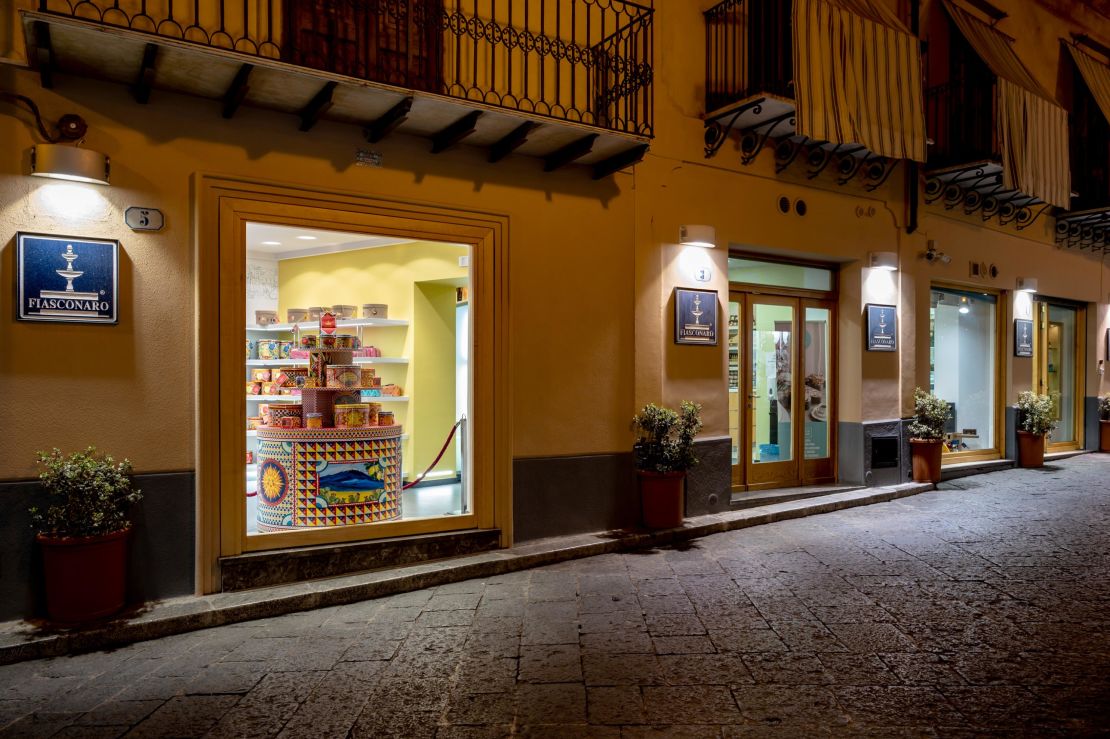
Over the years, the cake has amassed recognition and awards, but perhaps the best indication of its quality is how the Milanese have embraced it: “Today we sell more panettone in Milan, the home of panettone, than in Palermo,” Fiasconaro reveals. The man himself was named Knight of Labor — a state honor for distinguished entrepreneurs — in 2020 by Italian President Sergio Mattarella, for his contributions to the local economy.
“Sicilian panettone exists, and it’s becoming a symbol of ‘Made in Italy’ in the world,” says Fiasconaro.
“It makes us proud and shows that the export system in the south of Italy is starting to bear fruits — we couldn’t be happier about it.”

